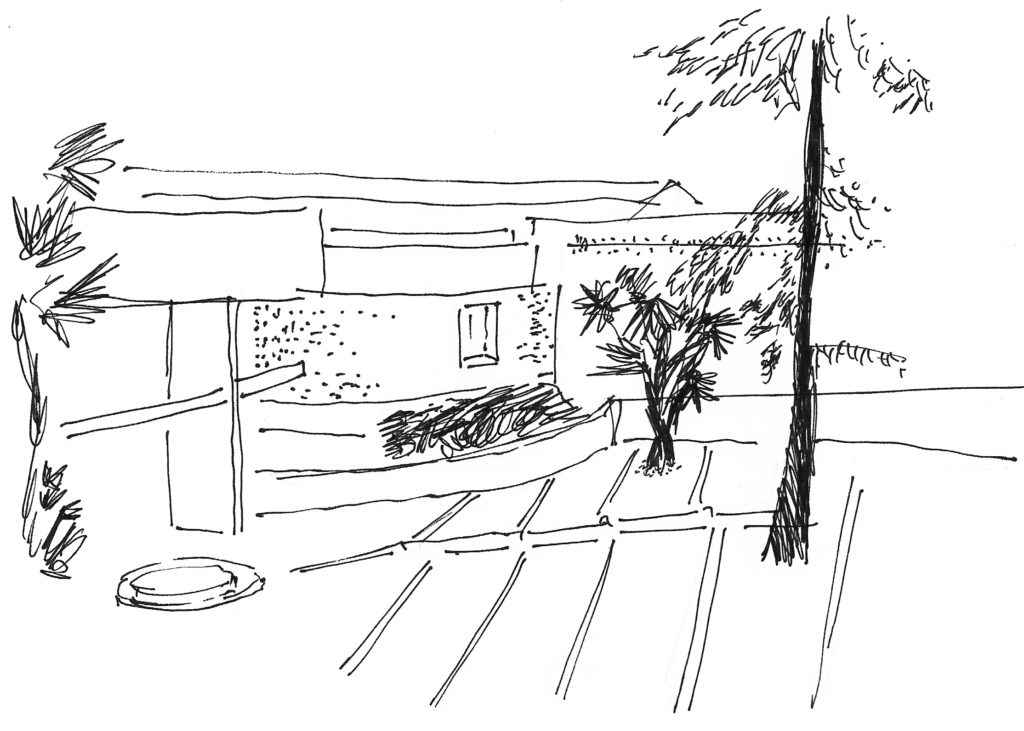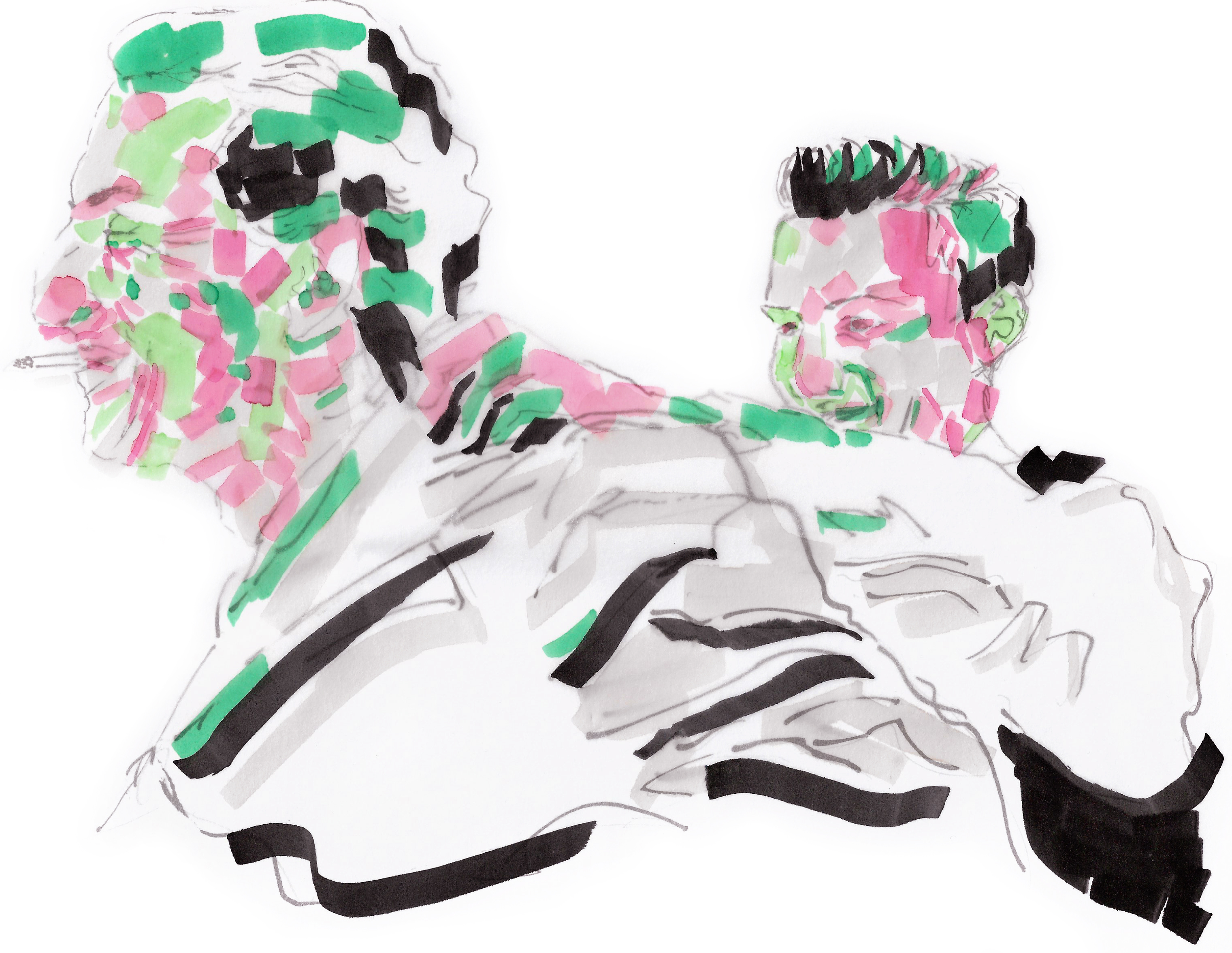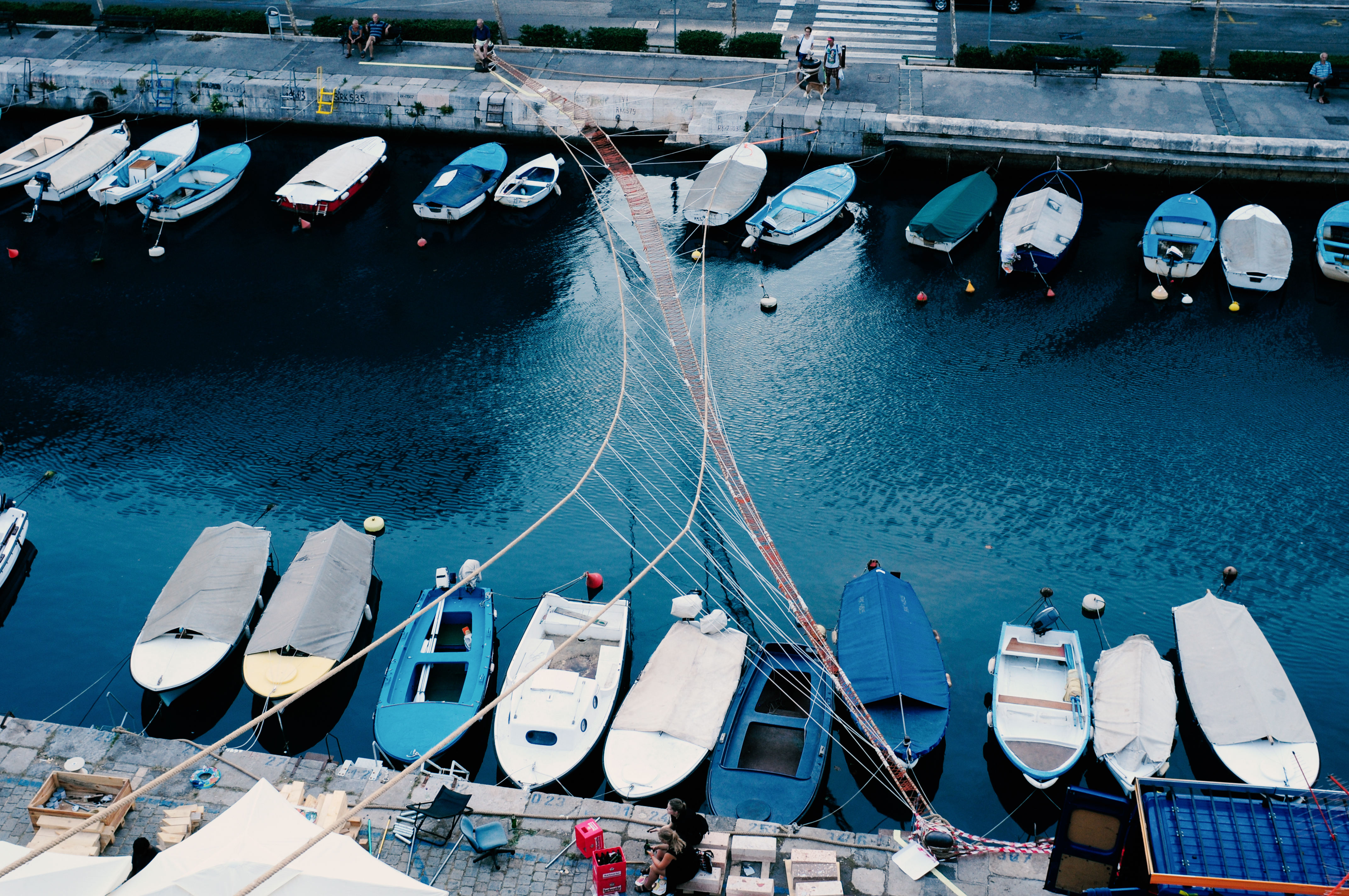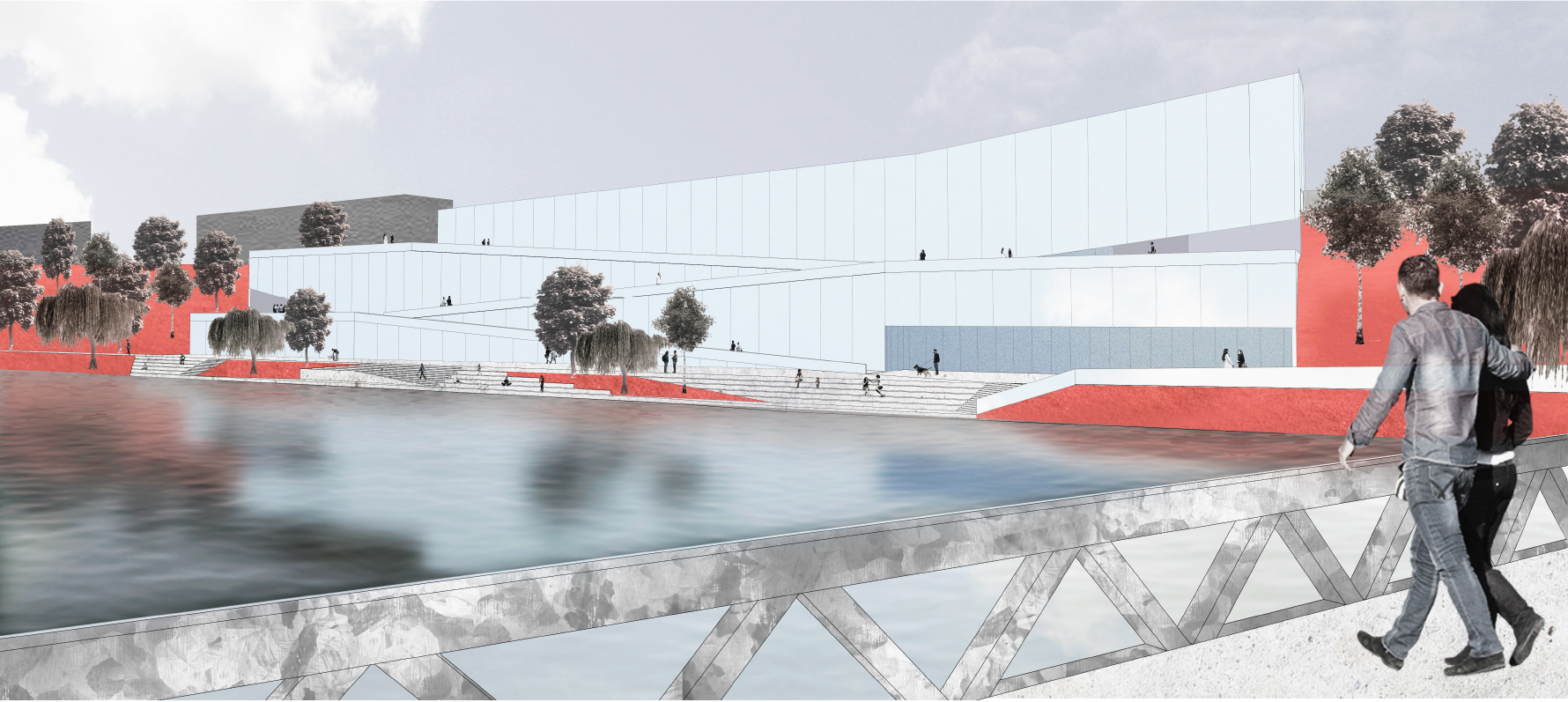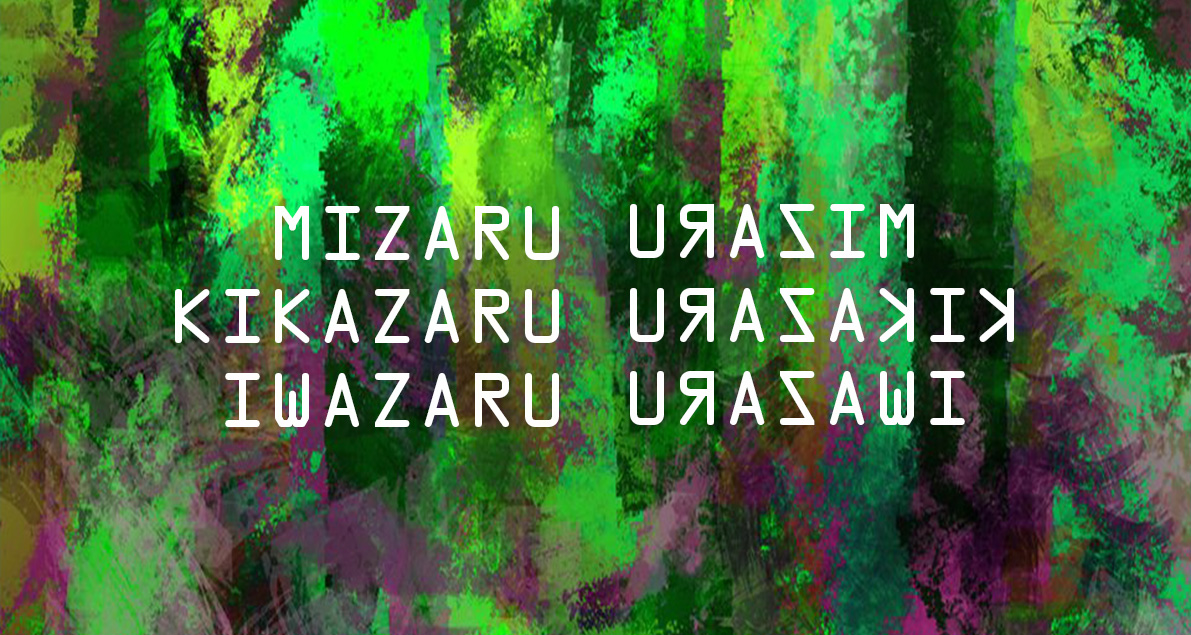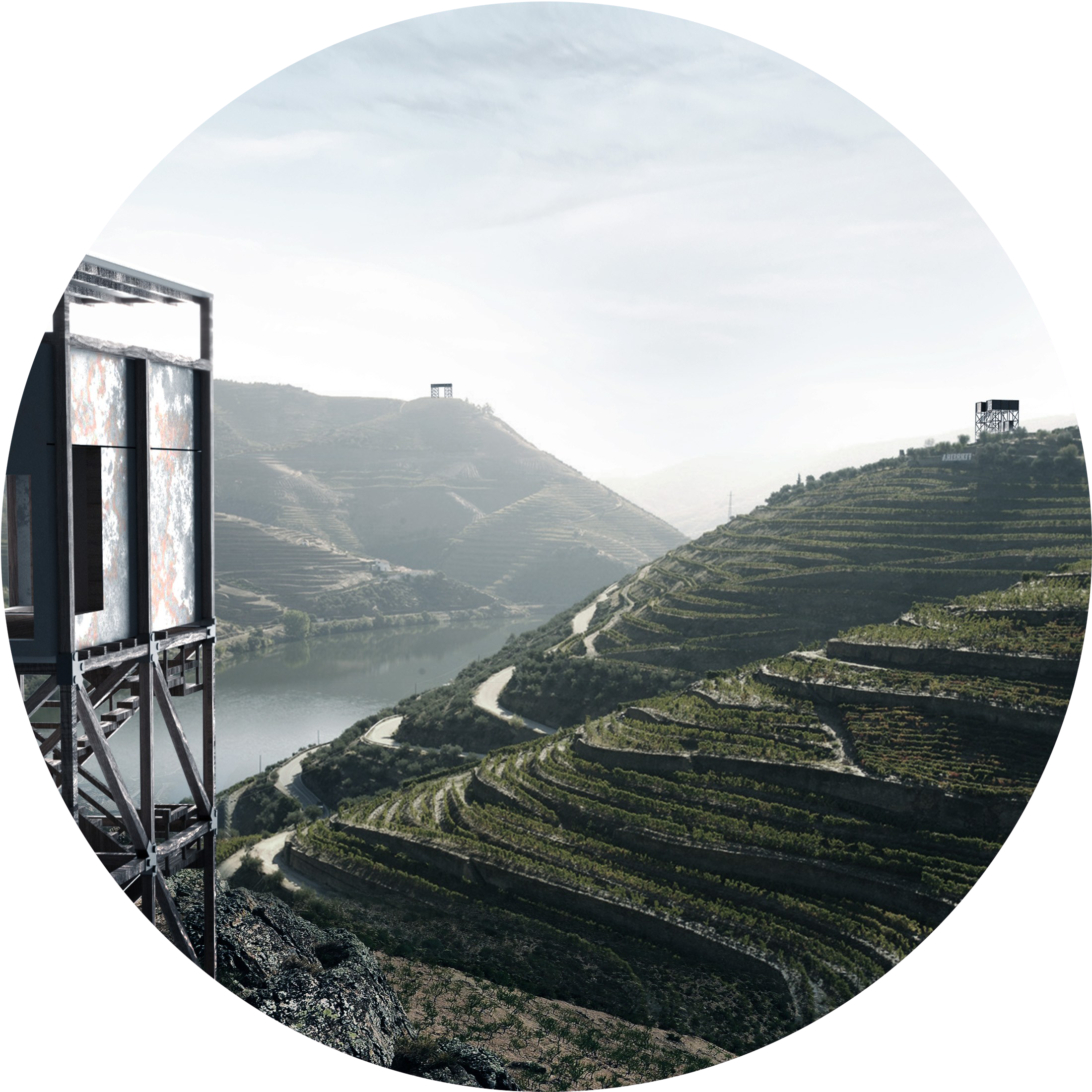Author: Vlatka Marković
A usual day on social media networks does not really contain much. Most of the younger generations dare to ‘google’ some of the most famous architectural names and a deeper interest is born for random things and information that future architects find. Architecture, design, excellent graphics, or just simple compositions which create curiosity.
In one of these random research ventures and some spare time, I was allowed to reveal a distant world of the Internet. The subject of my research was the brick and variations of light and shadow that might result from its use. By exploring Pinterest’s treasures, as always, each of us finds captivating scenes, and one of these for me was the trail between the residential buildings called Edificio Alto de los Pinos, a project by Colombian architect Rogelio Salmona. His style, as well as his use of brick, was well known to me although I never studied his projects deeper. Rogelio Salmona, in most of his projects, really creates an indescribable link of the penetration between vegetation and brick architecture that is becoming the backdrop for the scenarios of life that thrive in it.
‘Good architecture becomes ruins, bad architecture disappears.’ (crazy romance)
Bogotá is a city built from brick whose development was influenced by architect Rogelio Salmona, one of the best architects of the 20th century in Colombia.
Salmona developed his inspiration and architectural signature by studying and admiring the Islamic use of brick. With his own reinterpretation of this material, he has developed a recognizable style of his projects, leaving a strong influence on many other architects. His way of forming and using bricks leads such a way of designing and shaping to a new level.
Through its past, the brick was used as one of the cheap ways of replacing the stone, but Rogelio Salmona, inspired by mentioned influences uses the brick in its full strength, showing powerful volumes and details of its projects. The brick becomes a sensation of materiality or a coulisse for verdure that appears as a leitmotif in his architecture.
A great influence on his work was Le Corbusier – in his office, Salmona spent part of his education and training. Two great architects collaborated on the project for the city of Chandigarh. Salmona was the first architect from South America who won the Alvar Aalto Prize (2004) – his architecture was included among the alternative variations of modernism.
Rogelio Salmona, born in Paris and Jewish by religion, has been forced to move with his family to Bogotá under historical events that preceded World War II, where he met a large part of the context in which he would live and create his great oeuvre in the following years.
In the succeeding text, there are several representative examples of his work that draws its greatest power from space created as negative spaces of architecture.
Edificio Alto de los Pinos, Bogotá
Edificio Alto de los Pinos is a project located in the north of Bogotá, created as a volume that resists a large slope, simple idea with terrace composition. With an area of 4800 m2, it was built between 1976 and 1981. An enormous mass of the volume of residential building results in a monumental impression of the building.
Its monument mostly comes out from the treatment of the massive volume, which becomes seating for a tiny space born in between two large blocks. Passage through architecture. A path to the top. A resting point in early morning hours or a place to talk to a neighbour across the street. Briefly, the negative that breathes life into a seemingly simple volume.
An important parameter in the creation of the work was a group of seven monumental pines which largely determine the course of the project. Around them, two almost parallel blocks of residential buildings are formed as the existing trees are kept in between them. With the emergence of such a simple concept, the gap between the two blocks becomes a pulsating heart ready to encompass scenarios of life completing the surrounding construction. Over the years, plants and trees have taken on the role of “architect” and completed the last step of forming this negative. With the last act, the entire space becomes full of the atmosphere of peace and life.
Edge points, the architecture, appear as symmetrical strict blocks and the space between them becomes a hybrid of human and natural wildlife with regard to the vegetation in place.
Each terrace is visually connected with the center of this project, yet it is sufficiently excluded that the passing of one individual through this small passage keeps the intimacy and a sense of security.
Each block has a separate entrance, and they are connected on the top of the slope. The touching and bonding point becomes a gathering place and belvedere for the negative space formed by two buildings. At the very bottom, there is also a communal space, transparent and secondary in relation to the height of the pine trees and the magical shadow that emerges and penetrates from the narrow passage.
The compositions of tall chimney verticals, extending from both sides of the block successfully performs the breaking of the monotonous array on the slopes of terrain.
The brick sounds like a logical material for this project. Creating a warm atmosphere of penetration of two blocks and a strong contrast to the blue sky and vegetation that becomes the last, final layer of architectural work.
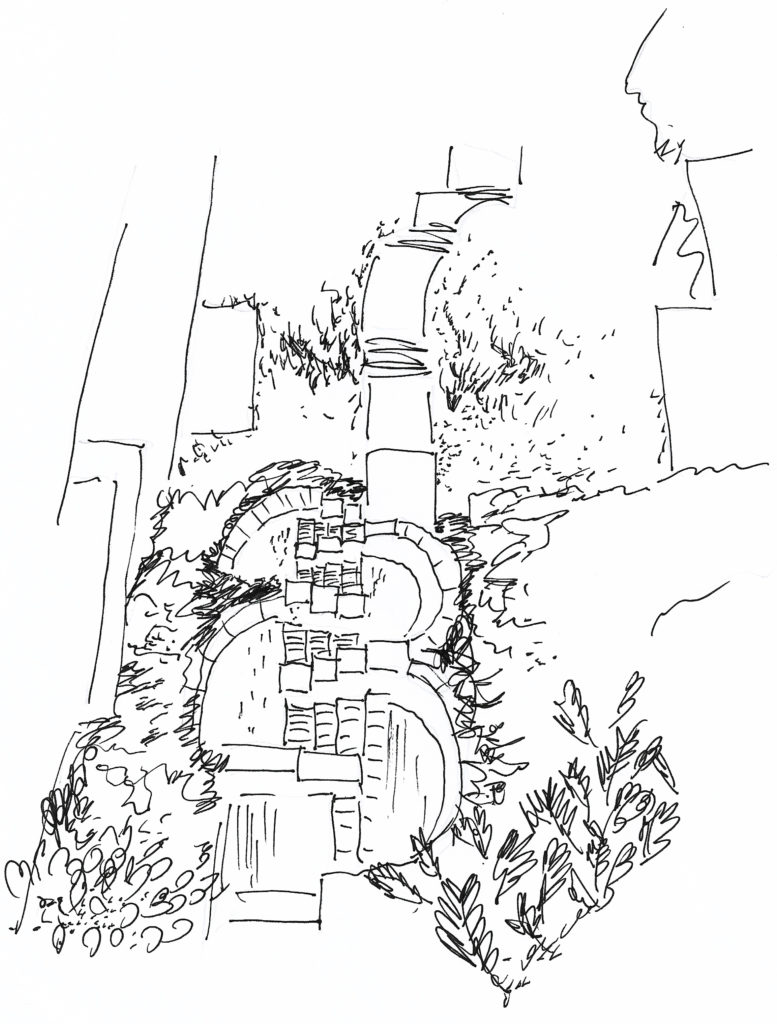
Las Torres del Parque, Bogotá
Park Towers is a set of residential buildings built by Rogelio Salmona between 1965 and 1970, near the Independencia Park, in Santa Fe, Bogotá.
The spiral creates the main and most recognizable form of tall towers. Almost monumental like the forts growing alongside the park, which again confirms the link between Salmona’s brick architecture and surrounding verdure. With the rotation of the towers, different elements appear under different angles. This condition contributes to the quality of life (view, cool air). The highest tower reaches 30 floors.
The most important part of the assembly is the public space created at ground level; three-quarters of the available land is assigned to outside areas, while the remaining quarter is vertically elevated to the sky and occupied by a residential use.
The open space becomes a public square, a gathering place, and a center for social events. It is encircled by ‘neighbors’ in their apartments of the spiral tower, immersed in the park. There exists a kind of ‘green continuity’ that extends and seems to pour out and connect with the existing park.
The whole project was, from its very beginning, accepted and considered high-quality for life.
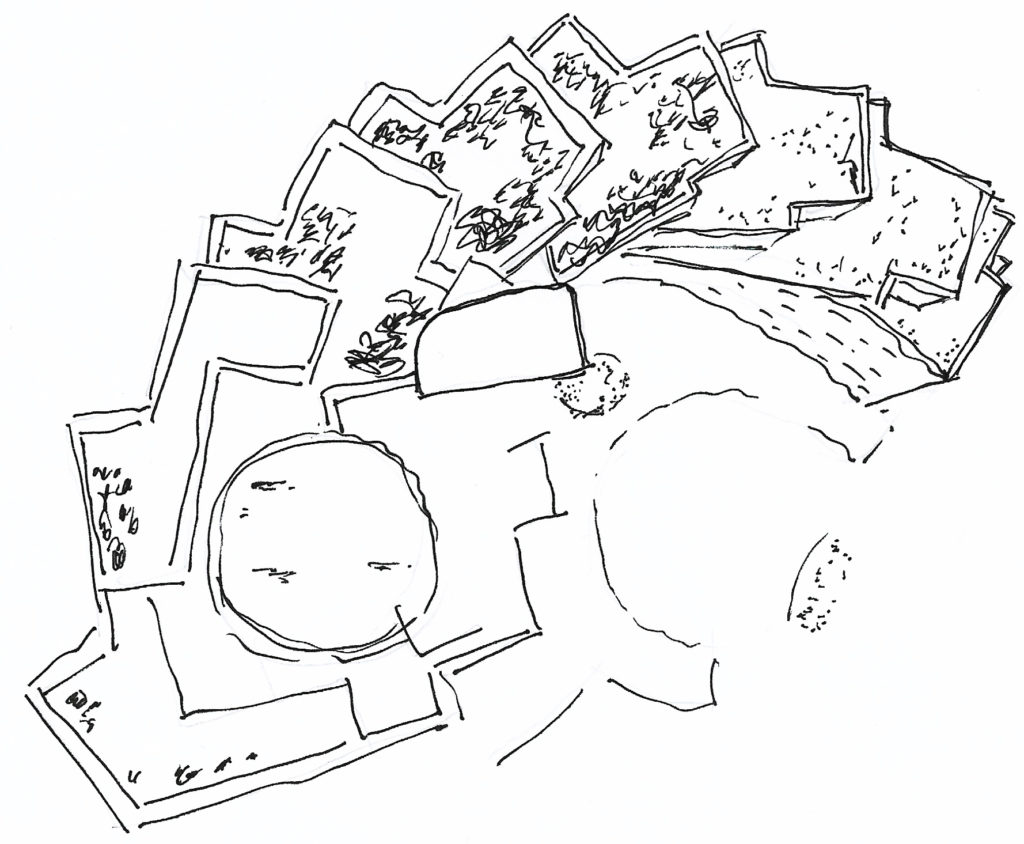
Faculty of Social Sciences, Bogotá
The Faculty of Social Sciences in Bogotá, one of the major projects of Rogelio Salmona, was built in 1995.
An extremely interesting project which, in its full strength, best describes the stylistic foundations of Salmona’s architecture. The bricks and the volumes that they generate, as well as the atmospheric negatives filled with elements of water and vegetation, and empty spaces full of some mystical romance.
Mass and void alteration, with a continuous change of perspective creates space revived in architectural promenade through the Bogotá Faculty of Social Sciences.
Faculty of Human Sciences at the National University of Bogotá is building of remarkable complexity and quality that is impeccably maintained. Shallow stairs lead to the yard – the outdoor area includes a circular pool with a covered walkway. Stairs and ramps connect the classrooms through the hall in which the brick is used for structural columns as well as for perforated decorative surfaces. The architectural path runs through various levels and shifts of the axes towards a series of roof terraces and an open auditorium.
I believe that studying and learning, or any other creative process of acquiring new knowledge, in such architecture must be a great pleasure. The spatial atmosphere and the feeling of the intertwining of exterior with interior contribute to the creation of true architectural work.
